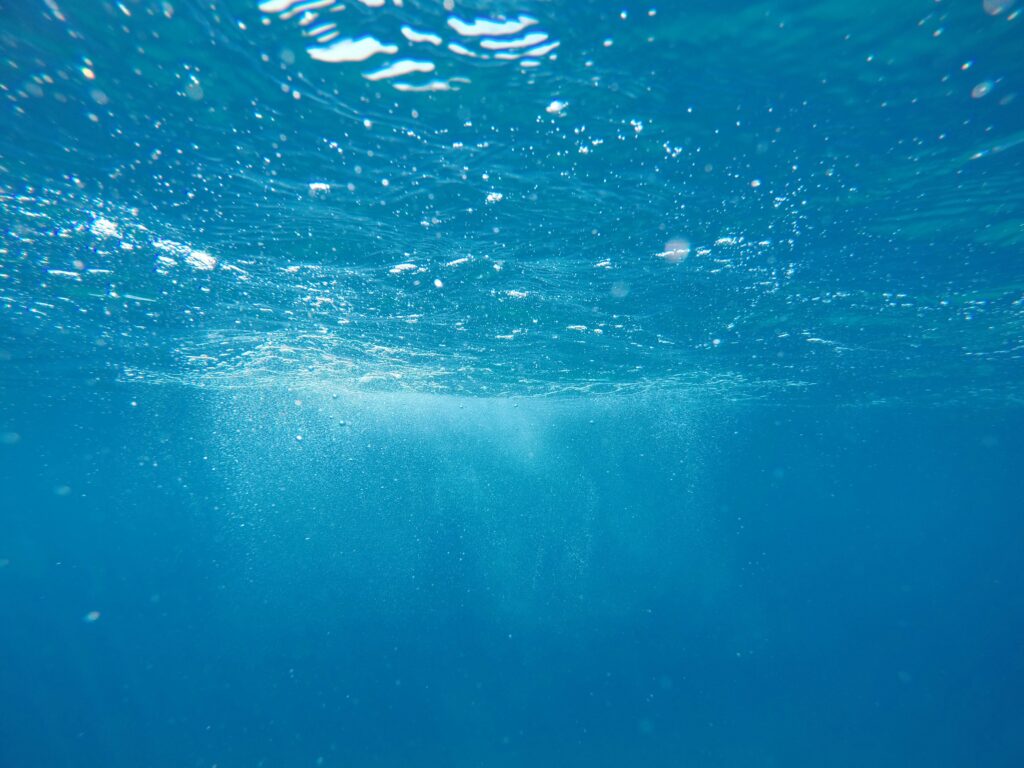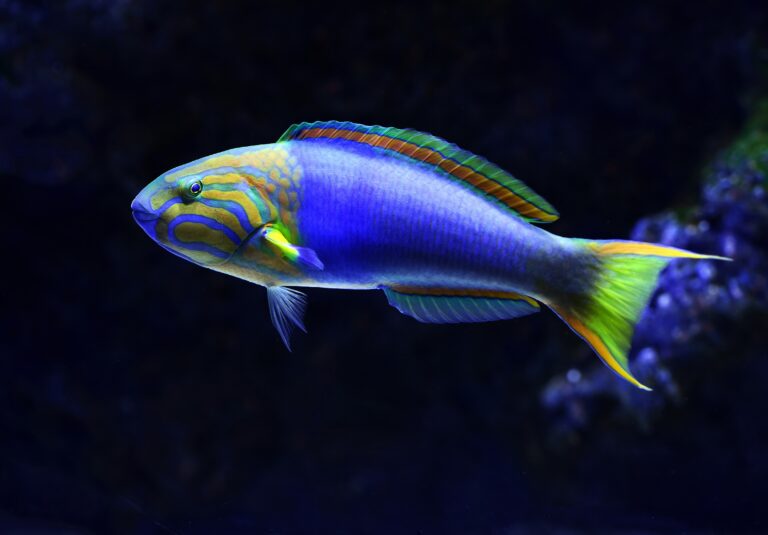The ocean has always been a realm of mysteries and surprises, with its depths hiding creatures that defy our imagination. Among these wonders is the phenomenon known as deep-sea gigantism, where organisms grow to enormous sizes in the dark, cold expanses of the ocean floor. In this article, we’ll delve into the fascinating world of deep-sea gigantism, exploring its causes, the creatures it affects, and the implications it holds for our understanding of life in the deep.
Deep-Sea Gigantism
Definition of Deep-Sea Gigantism
Deep-sea gigantism refers to the phenomenon observed in certain marine organisms inhabiting the depths of the ocean, where these creatures grow to unusually large sizes compared to their counterparts in shallower waters. This fascinating occurrence has intrigued scientists for decades, leading to various theories and hypotheses attempting to explain its underlying causes.

Factors Contributing to Deep-Sea Gigantism
Evolutionary Pressures
One theory suggests that deep-sea gigantism is a result of evolutionary pressures unique to the deep ocean environment. In the extreme conditions of the deep sea, where resources are scarce and competition is fierce, larger body sizes may confer advantages such as increased foraging capabilities, better defense mechanisms against predators, or enhanced reproductive success. Over time, these selective pressures could drive certain species towards larger sizes as a means of survival.
Food Scarcity
Another proposed explanation revolves around the limited availability of food in the deep sea. With sparse nutrient resources and unpredictable prey distributions, organisms dwelling in these depths may have to rely on infrequent, large meals to sustain themselves. This could favor the evolution of larger body sizes capable of ingesting and storing larger prey items or enduring extended periods between feedings.
Hydrostatic Pressure
The immense hydrostatic pressure exerted by the deep ocean is also believed to play a role in deep-sea gigantism. Some researchers hypothesize that the increased pressure at depth may provide structural support for larger bodies, allowing organisms to maintain their shape and function more effectively. Additionally, certain physiological adaptations to cope with pressure, such as robust skeletal structures or reinforced body tissues, may inadvertently contribute to the growth of larger individuals.
Examples of Giant Deep-Sea Creatures
Giant Squid
The giant squid (Architeuthis dux) is one of the most iconic examples of deep-sea gigantism. These elusive cephalopods inhabit the deep ocean, typically found at depths ranging from 300 to 1,000 meters. They are known for their enormous size, with individuals reaching lengths of up to 12 meters, including their tentacles. Giant squids possess several unique adaptations, including large eyes the size of basketballs, which allow them to detect prey and predators in the dimly lit depths. Their bodies are equipped with powerful suckers and razor-sharp beaks, enabling them to capture and consume a variety of prey, including fish and other squids.
Colossal Squid
Similar to the giant squid, the colossal squid (Mesonychoteuthis hamiltoni) is another massive cephalopod species found in the deep ocean. Colossal squids are known for their robust bodies and long, powerful tentacles equipped with rotating hooks, which they use to capture prey. These formidable predators can grow even larger than giant squids, with specimens recorded at lengths exceeding 14 meters. Colossal squids inhabit the Southern Ocean, particularly around the waters of Antarctica, where they hunt a variety of deep-sea creatures, including fish and other squid species. Despite their immense size, colossal squids are rarely encountered by humans due to their remote habitat and deep-sea lifestyle.
Japanese Spider Crab
The Japanese spider crab (Macrocheira kaempferi) holds the title for the largest arthropod on Earth, showcasing another example of deep-sea gigantism. These massive crustaceans inhabit the waters around Japan, particularly the Pacific Ocean, where they are found at depths of up to 300 meters. Japanese spider crabs have incredibly long legs, which can span up to 4 meters in length, making them well-adapted for walking along the seafloor. They primarily feed on small mollusks, crustaceans, and carrion found in their deep-sea habitat. Despite their intimidating appearance, Japanese spider crabs are generally docile and pose no threat to humans. Their impressive size and unique appearance have made them a popular attraction in aquariums around the world.
Adaptations for Survival
Bioluminescence
One of the most striking adaptations seen in deep-sea giants is bioluminescence, the ability to produce light through chemical reactions within their bodies. Many organisms in the deep ocean, including certain fish, jellyfish, and cephalopods, utilize bioluminescence for various purposes. Deep-sea giants often possess specialized light-producing organs called photophores, distributed across their bodies. These bioluminescent displays serve multiple functions, such as attracting prey, confusing predators, or communicating with other individuals of the same species in the dark depths where sunlight does not penetrate. By harnessing bioluminescence, deep-sea giants can navigate and thrive in the otherwise pitch-black environment of the deep ocean.
Pressure-Resistant Bodies
Surviving in the extreme pressures of the deep sea requires adaptations to withstand the immense hydrostatic forces exerted at depth. Deep-sea giants have evolved unique anatomical features to cope with these pressures, including sturdy skeletal structures, reinforced body tissues, and flexible membranes. Their bodies are often composed of materials that can withstand compression, such as cartilage or specialized proteins. Additionally, some species possess internal air or fluid-filled cavities that help maintain buoyancy and counteract the crushing effects of pressure. These pressure-resistant adaptations enable deep-sea giants to maintain their shape and functionality in the high-pressure environment of the deep ocean.
Specialized Feeding Mechanisms
In the food-limited environment of the deep sea, deep-sea giants have evolved specialized feeding mechanisms to efficiently capture and consume prey. For example, many deep-sea cephalopods, such as squids and octopuses, possess elongated tentacles equipped with suction cups, sharp hooks, or barbed suckers for grasping and subduing prey. These adaptations allow them to capture elusive prey items in the darkness of the deep ocean. Deep-sea fish often have large mouths and expandable stomachs to accommodate large prey items or to store food during periods of scarcity. Additionally, some species have bioluminescent lures or photophores to attract prey within reach of their formidable jaws. These specialized feeding adaptations enhance the survival and predatory success of deep-sea giants in their harsh and competitive environment.
VIDEO CREDITS NATURAL WORLD FACTS



